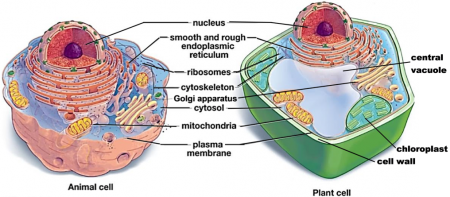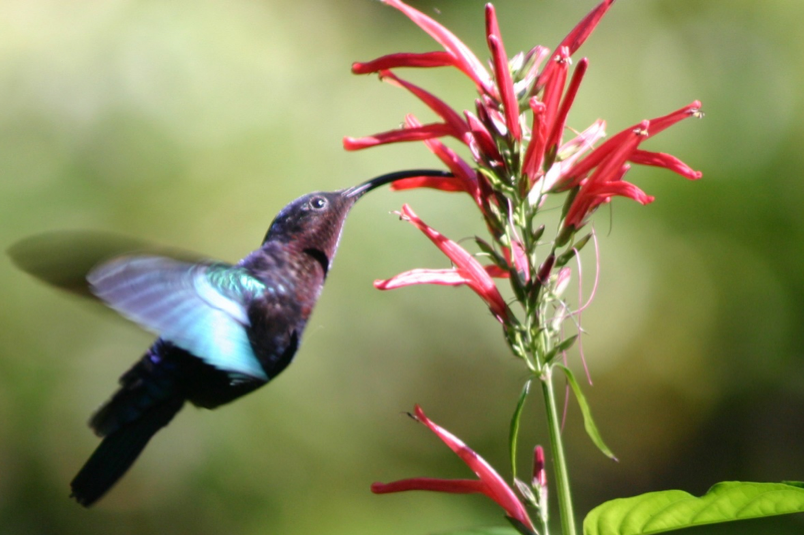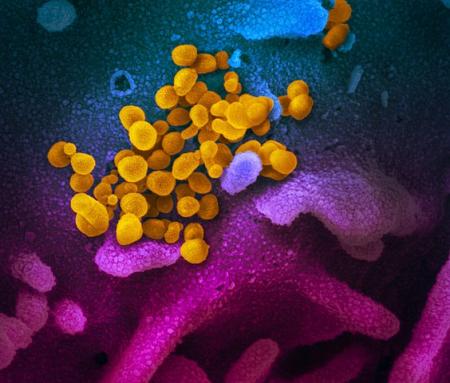
In both versions of the Student Handout, students analyze two models of cellular respiration. The first model shows chemical equations that summarize the inputs and outputs of cellular respiration. The second model is a figure that shows the three major stages of cellular respiration and the role of mitochondria.
After students analyze these models, they use what they have learned to develop their own more complete model of cellular respiration.
Then, in the advanced version of the Student Handout, students analyze how the extensive, folded inner membrane of a mitochondrion contributes to ATP production. This analysis illustrates the general principle that structure is related to function.
The simpler version of the Student Handout is available in the first two attached files and in a Google Doc. The advanced version of the Student Handout is available in the third and fourth attached files and in a Google Doc. The Teacher Notes, available in the last two attached files, provide background information and instructional suggestions and explain how this activity is aligned with the Next Generation Science Standards.

 © Serendip® 1994 - All rights reserved. Privacy Policy
© Serendip® 1994 - All rights reserved. Privacy Policy

 Biology is the scientific study of living things.
Biology is the scientific study of living things.
 flow through ecosystems, the carbon cycle, trophic pyramids, exponential and logistic population growth, species interactions in biological communities, succession, and effects of human activities on ecosystems. This overview also recommends introductory ecology readings.
flow through ecosystems, the carbon cycle, trophic pyramids, exponential and logistic population growth, species interactions in biological communities, succession, and effects of human activities on ecosystems. This overview also recommends introductory ecology readings. 

 This activity uses the example of a flock of pelicans in flight to illustrate how analysis at multiple levels of organization enhances our understanding of a biological phenomenon.
This activity uses the example of a flock of pelicans in flight to illustrate how analysis at multiple levels of organization enhances our understanding of a biological phenomenon.
